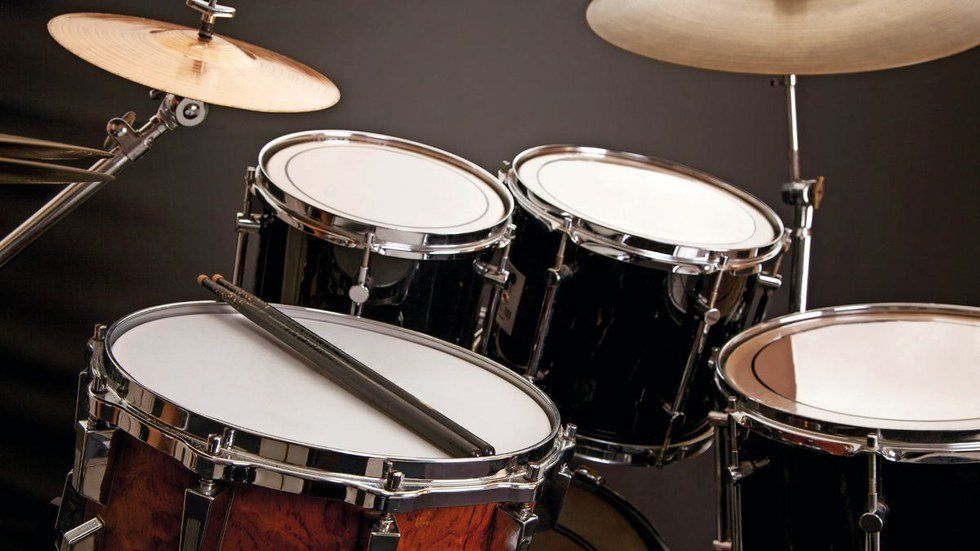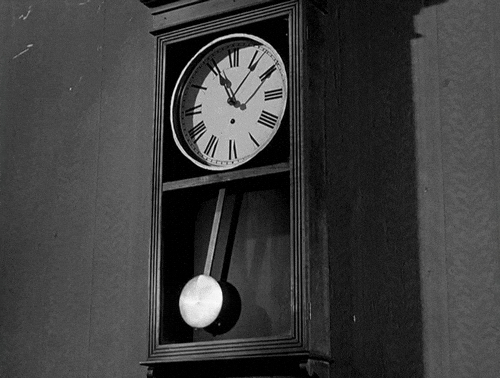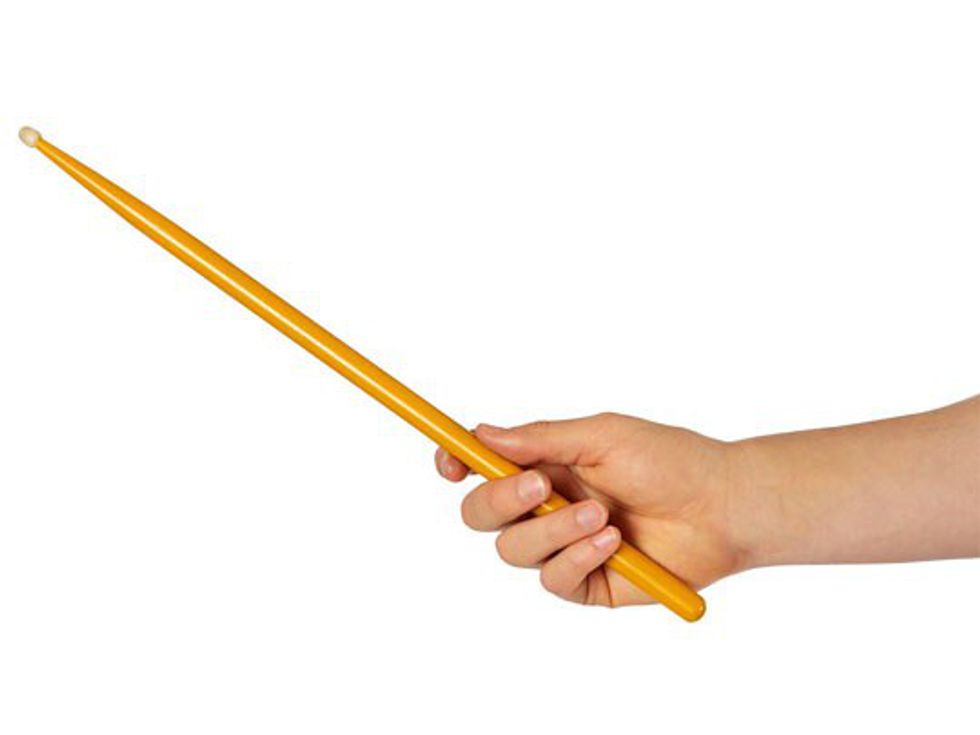Drums are its own unique class of instruments, just like the brass or woodwinds. They come in many different shapes and sizes depending on the culture they come from or the type of music they create. I've known strings and woodwinds for a long time now, and the fact that I've always loved drums and how they sound, inspired me to take classes in drumming.
Here are three things I have learned from being a first-time drummer.
1. Drumming requires control and precision
Usually, when people think drums, they think of an individual beating the life out of it in order to produce sound. At first, it seems like you just do your thing. But that's not the case. It requires high amounts of hand-eye coordination and control. You can only hit the drum when you need to. Otherwise, not only does it sound weird but you may throw off those who are playing with you.
Also, did you know that drummers also have to control the level of volume as they play? Just like with other instruments, sometimes you have a piece where you have to play quietly or loudly. This means you have to be precise as to where you hit the drum and how hard you hit it. For instance, with some drums, the more you hit towards the edge of the drum, the softer you sound. The more you hit towards the center of the drum, the louder the sound. So, as you play and as the music changes, you have to control the beat speed and sound with precision and control, therefore looking flawless and relaxed to the audience.
2. You are the time keeper (and therefore, master of concentration)
This is especially true when you are playing with a band of only drummers. One person keeps the tempo of the song for the others to play in, and each individual must keep time as they play or slowly the band falls apart. Being the time keeper, though, is more tricky than it sounds. Imagine you are playing a beat going 'taka taka taka tak ta ta' while seven others are playing something not even close to this rhythm (such as 'tak tak tak tak ta ka), but all of you have to maintain the tempo set by this rhythm. It gets confusing. Fast. Essentially as time keeper, you listen to yourself and to others to see if one, you are setting the right tempo and two, if you have to emphasize the tempo by increasing the sound so that your band members can fall back into time. The same goes if you are playing in a band with other instruments or even performers. You have to concentrate so well on what you are playing that even if others miss their part or you look up and around the audience or performance, you are still playing correctly (and hopefully getting any lost band members back into the swing of the rhythm).
3. Hand grips are everything
When you first learn how to grip drumsticks, it seriously feels like you are almost positioning yourself to hold a wand to cast magic spells, but better (since you are, instead, casting the spell for the love of drums and music!). Loose, yet a steady hand grip is what you are going for when you are playing using drumsticks. As my teachers put it, the stick needs to bounce off the drum as you hit the drum, only for the stick to come back to their original position in your hand as you slightly halt their upward, bouncy momentum with a subtle flick. Think, in a way, 'wingardium leviosa'!
If you are playing with nothing but all-hands, then, depending on what drum you are playing, the hand positions will change, but relaxed gestures won't.
Note! For most all-hand drums, you do not want to hit the rim of the drum on accident. Ever.
Drumming, especially with a group of drummers, is the most relaxing yet epically exciting activity. Not only do you, over time, develop a friendly bond with your band mates, but also with your drums. As you play more and more, you can feel the drum beats vibrating through you as you play, instilling the knowledge of how to hit and where to hit the drums all in your muscles and brain. If you haven't already had a chance to learn the drums, I highly encourage you to do so when you can!
Happy drumming!























